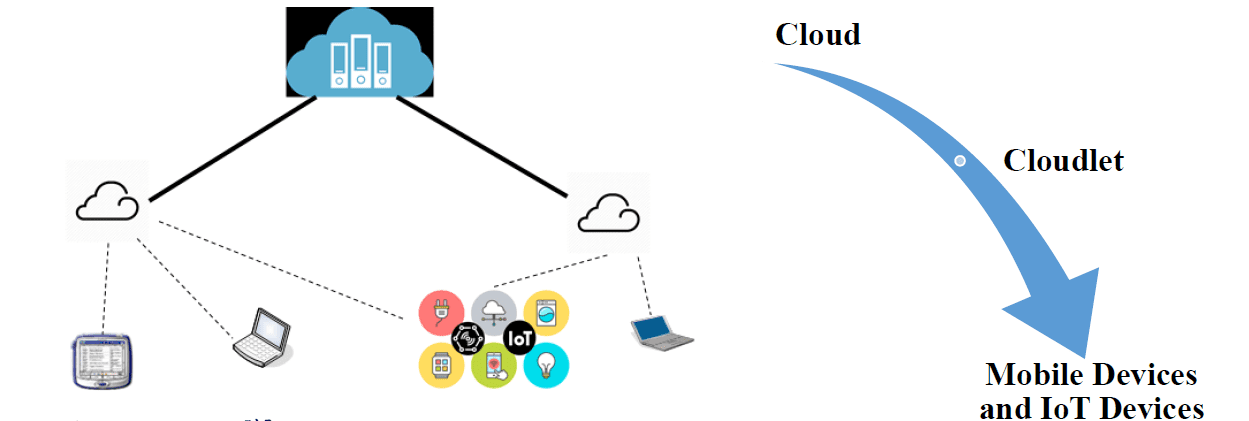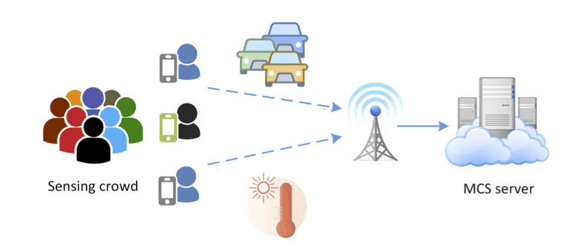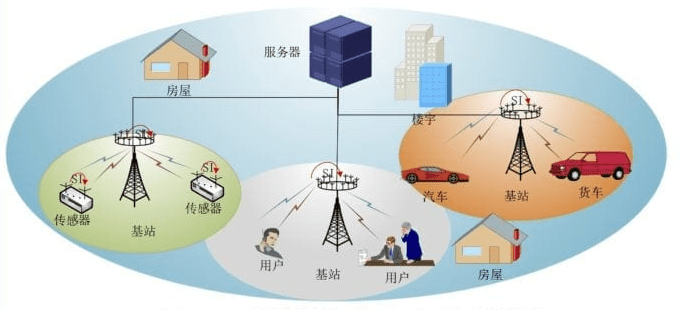With the development of communication technology, various applications such as smart grid, smart transportation, and automatic driving are emerging, which provide more convenient and efficient services for our life. These applications have a common quality of service requirement: Ultra-Reliable Low-Latency Communications (URLLC). The achievement of URLLC needs the support of technologies at different layers, including the physical layer, the coding, the transmission layer, resource allocation and scheduling, data collection technology at the application layer, etc.
Cloud computing, edge computing and caching are promising technologies to achieve URLLC and they have attracted more and more attentions. Edge computing pushes the computation tasks to be performed at locations closer to the end users, which efficiently reduces the latency. Meanwhile, efficient caching enables the frequently used information to be stored near the end users, which greatly shortens the response time. However, with the considerations of the time-varying wireless channel, the heterogeneity of content requests, the limitation of caching capacity and the difference of computation power, how to conduct the efficient resource allocation and scheduling and to optimize the system performance and users’ behavior for achieving the service requirements of high reliability and low latency needs to be further studied.

Cloud computing, edge computing, and caching technology
In addition, effective and flexible data collection is another essential challenging issue in achieving high-reliability services. Mobile crowd sensing and crowdsourcing network are both efficient ways to collect data. They have been widely applied and recognized in various fields. By optimizing task allocation or selection and jointly considering the individual’s location or features, high efficient and reliable data collection can be fulfilled.

Mobile crowd sensing network
In terms of data transmission, massive multiple input multiple output (MIMO) (i.e., large-scale antenna arrays) and full-duplex communications are effective technologies. However, there exist some challenging issues such as high cost, high power consumption, high overhead, and interference, etc.

Large-scale MIMO antenna array and full-duplex communications
Relevant publication
- J. Feng, Ma, G. Yang and H. V. Poor, “Impact of Antenna Correlation on Full-Duplex Two-Way Massive MIMO Relaying Systems”, IEEE Transactions on Wireless Communications, vol. 17(6), pp. 3572 – 3587, June 2018
- Cheung, F. Hou, and J. Huang, “Delay-sensitive mobile crowdsensing: algorithm design and economics”, IEEE Transactions on Mobile Computing, Vol. 17, no. 12, pp.2761-2774, Dec. 2018.
- Sun, F. Hou, H. Zhou, B. Liu, J. Chen, and G. Lin, “Equilibriums in the mobile virtual network operator oriented data offloading”, IEEE Transactions on Vehicular Technology, vol. 67, no. 2, pp. 1622-1634, Feb. 2018.
- Feng, S. Ma, G. Yang and B. Xia, “Power Scaling of Full-Duplex Two-Way Massive MIMO Relay Systems with Correlated Antennas and MRC/MRT Processing”, IEEE Transactions on Wireless Communications, vol. 16(7), pp. 4738 – 4753, July 2017。
- Cheung, F. Hou, J. Huang, and R. Southwell, “Congestion-aware distributed network selection for integrated cellular and Wi-Fi Networks”, IEEE Journal on Selected Areas in Communications (JSAC), pp. 1269-1281, vol. 35, no. 6, June 2017.
- Cheung, F. Hou, and J. Huang, “Make a difference: diversity-driven social mobile crowdsensing”, in Proc. IEEE International Conference on Computer Communications (INFOCOM), Atlanta, USA, 1-4 May 2017.
- Gao, F. Hou, and J. Huang, “Providing long-term participation incentive in participatory sensing”, in Proc. IEEE International Conference on Computer Communications (INFOCOM), Hong Kong, April 2015.




